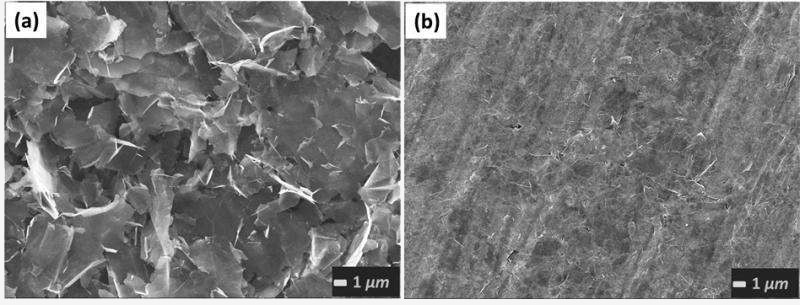Researchers at the University of Manchester have come up with yet another use for graphene that's far more plausible than some of the other potential uses proposed thus far.
Working together with graphene manufacturer BGT Materials Limited, researchers were able to print an RF antenna onto a sheet of paper using graphene-laden ink. This method has been done before with the use of a binder such as ethyl cellulose to increase conductivity. The increased conductivity is only realized after the binder material is broken down by annealing - a process that generates a lot of heat which limits the materials the graphene ink can be printed on.
Research led by Xianjun Huang, a PhD candidate in Manchester's School of Electrical and Electronic Engineering, uncovered a new method that increases conductivity without having to use a binder.
The team printed and dried the ink before compressing it using a roller, a technique that increased the graphene's conductivity by more than 50 times. The finished product was nearly twice as conductive as graphene ink made with a binder.
They said it performed well enough to be considered as a replacement antenna in RFID tags and sensors. Best yet, the graphene antenna is flexible, environmentally friendly and could be produced in mass quantities at a cheap rate.
Huang said the point here is that graphene is no longer just a scientific wonder, but a material that can bring many new applications to our daily life very soon.
